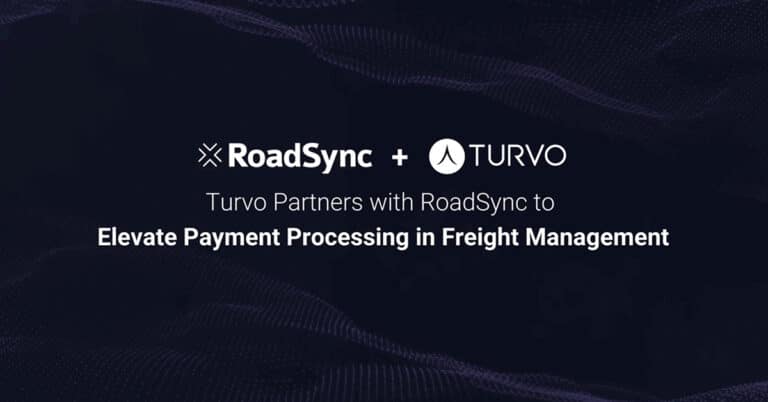Inventory management is an integral part of supply chain management. It keeps track of stock levels and goods movement, providing raw materials to manufacturers or fulfilling orders for finished items to the end customers. Optimum inventory management is critical to a company’s long-term success, as it helps them contain wasteful expenses, enhance cash flow, and improve profits.
The remainder of a company’s supply chain will fall into place once the inventory is optimized. Despite this, 43 percent of small businesses do not maintain their inventory, and supply chain accuracy in U.S. retail operations is just 63 percent on average – implying that many merchants are not using inventory management software.
Unlike an enterprise resource planning (ERP) system, an inventory management system concentrates on a single supply chain process. They frequently can link with other software systems, such as POS (point of sale), sales channel management, WMS, and TMS, allowing a customized integration for a company’s specific requirements.
Inventory Management Strategy
Before creating an inventory management plan, a company should have a firm inventory management strategy. This is critical for selecting the best inventory management software for the company and reducing errors in the long term. The inventory strategy can vary with the nature of the business. For example, the inventory strategy of a food company (lower shelf life products) will be different from that of an automobile company. Inventory management may be complicated, especially for larger software with many moving elements, requiring multiple methodologies and strategies.
Inventory management with your other supply chain tools
All supply chains have the same goal: to collect orders and control the flow of resources and information to fulfill it as quickly as feasible.
With this in mind, the Order Management System (OMS), Warehouse Management System (WMS), and Transport Management System (TMS) are the three central systems.
These three systems could be part of a more extensive Enterprise Resource Planning (ERP) system like SAP, Oracle, or IFS, or they could be standalone. Smaller businesses typically prefer standalone systems, but as a company grows, it is more likely to convert to a fully integrated ERP system.
Order Management System (OMS)
Customer engagement is managed by an OMS across all sales channels, from inquiry to order confirmation. The OMS’s job is collecting, processing, and assigning orders to fulfillment sites, such as a single warehouse, store, or manufacturing facility. The OMS will then track that order by interacting with the WMS and TMS, allowing visibility into its status throughout the supply chain. Most companies will implement an OMS right out of the gate as their first system.
Typically, an OMS will have access to correct inventory records (typically through integration with the WMS) to validate stock availability and expedite the order to the customer’s specifications. Most OMS will also handle inventory replenishment by placing orders with external vendors or internal supply sources.
The OMS is known as the “boss” system. It specifies what is needed to fulfill the customer’s order and then delegates responsibility for picking, packing, and sending the order to the WMS.
Warehouse Management System (WMS)
The WMS will handle material movement inside a warehouse based on instructions from the OMS in the following areas: inventory receipt, putaway to the correct inventory location, retrieval, and despatch.
The first objective of a WMS is to accept products from suppliers and confirm receipt to the OMS before allocating a specific location within the warehouse to which those things should be placed.
The OMS then knows how many items are in stock, while the WMS knows exactly where those items are in the warehouse. The WMS may aid this process via barcode scanning, RFID, or an explicit manual confirmation. When the OMS sends customer orders to the WMS, the WMS assigns these orders to a pick instruction. This may be an instruction to pick the entire order or a specific order line for marshaling and consolidation, depending on how the WMS is set.
The WMS will then command the order’s packing and trigger the relevant despatch labels and documentation once the entire order has been chosen or consolidated. It’s time for the TMS to take over once the order is finalized and marshaled for loading.
Transportation Management System (TMS)
A TMS plans and tracks the order’s progress from the point of despatch to final client delivery. The planning element can cover a wide range of topics, including the type of vehicle to be utilized, how it will be loaded, the route the vehicle will follow, and the sequence in which it will make deliveries.
It is now usual for the TMS to offer real-time tracking updates throughout each stage, which are then reported back to the OMS or directly to the end customer. A TMS will often provide crucial performance statistics on the delivery route and planning and tracking, allowing the transport provider to monitor and analyze efficiency.
Distance traveled, fuel consumption, route variance, and driver performance are frequently included in this crucial performance data.
After the final delivery, the TMS will handle the Proof of Delivery (POD) confirmation, which will be passed back to the OMS, and the order will be closed.
Is it That Easy?
There are many parallels between OMS, WMS, and TMS in the systems currently available on the market and a multitude of additional capabilities. This adds to the difficulty of selecting methods, which is aggravated by the fact that many systems do not expressly address the classic supply chain activities of order administration, warehouse management, and transportation management.
There are ‘fulfillment’ systems that encompass OMS and TMS but not WMS, and ‘telematics’ transport solutions don’t include routing or POD. If a company is considering a new system (or systems) to manage its supply chain, the first step is to sketch out all the steps clearly, from receiving an order to final delivery. Ensure that each step of the process is optimized and adequately described, and then utilize this process map as the basis for approaching system providers.
If you are looking for great Collaborative TMS solutions that integrate easily, Turvo is the right partner. Turvo provides the world’s leading Collaborative TMS application designed for the supply chain. Turvo connects people and organizations, allowing shippers, logistics providers, and carriers to unite their supply chains, deliver outstanding customer experiences, collaborate in real-time, and accelerate growth. The technology unifies all systems, internal and external, providing one end-to-end solution to execute all operations and analytics while eliminating redundant manual tasks and automating business processes. Turvo’s customers include some of the world’s most considerable Fortune 500 logistics service providers, shippers, and freight brokers. Turvo is based in the San Francisco Bay Area with offices in Dallas, Texas, and Hyderabad, India.









